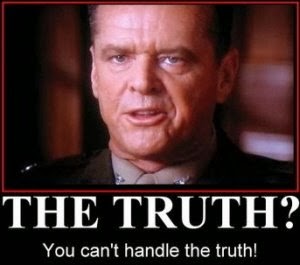Ahhh, the 80’s. Interesting years to be in high school. I think I never quite fully recovered. I don’t wear Corduroy pants anymore but the acid wash jean jacket… maybe. Not sure what I am talking about? Have a peek here: 80’s-fashion.
So in my last post we talked about the concept of expectation (see Great-expectations) and the importance of organizing our data. Ask me what I think is the most important step to understanding your data? Organizing and graphing it – always. It is such a simple thing to do and yet it gives you crazy perspective and insight for any analysis that may follow.
The concept of a frequency distribution in statistics is paramount. By organizing your data values into an appropriate number of classes we in fact make more explicit the information that is there in the data. The resulting frequency table can then provide us with some basic summary statistics such as class frequencies and proportions. By the way, classes have end marks. The upper and the lower. The average of these two marks is the mid-point and the interval is the difference between adjacent class mid-points. Lastly, the class mid-point plus or minus half the interval gives you the class boundaries… Boring? Maybe you need a break. Watch the trailer for the epic 1980 movie Airplane! to decompress a little: Airplane! movie trailer…
So what now? We need to present this data graphically. The first chart to think of is the bar chart. It is simply a plot of the frequency against class, where the class frequencies are represented by bars. Classes in this case are made up of SINGLE readings. How about an example using radiation counts?
If your classes are made up of a GROUP of readings than you would consider a histogram as in this example using velocity of light measurements.
Now if you were to join the mid-point of each class by a straight line you would obtain a frequency polygon. This would allow you to easily compare several distributions on a single graph.
Finally, if you were to plot the CUMULATIVE frequency against the upper class boundary you would produce a cumulative frequency polygon – AKA the “ogive” as it has the characteristic arch-like shape found in architecture.
If you ever find yourself using the term ogive in a public setting and getting blank stares from your friends then refer to the funny “jive” scene in the infamous movie Airplane! to diffuse the situation: Airplane! – Jive Scene.
Hopefully, everyone will say: “Oh, jive. I get it!”…
Let’s talk a little about data types next time. Ok?
See you in the blogosphere…
Pascal Tyrrell







